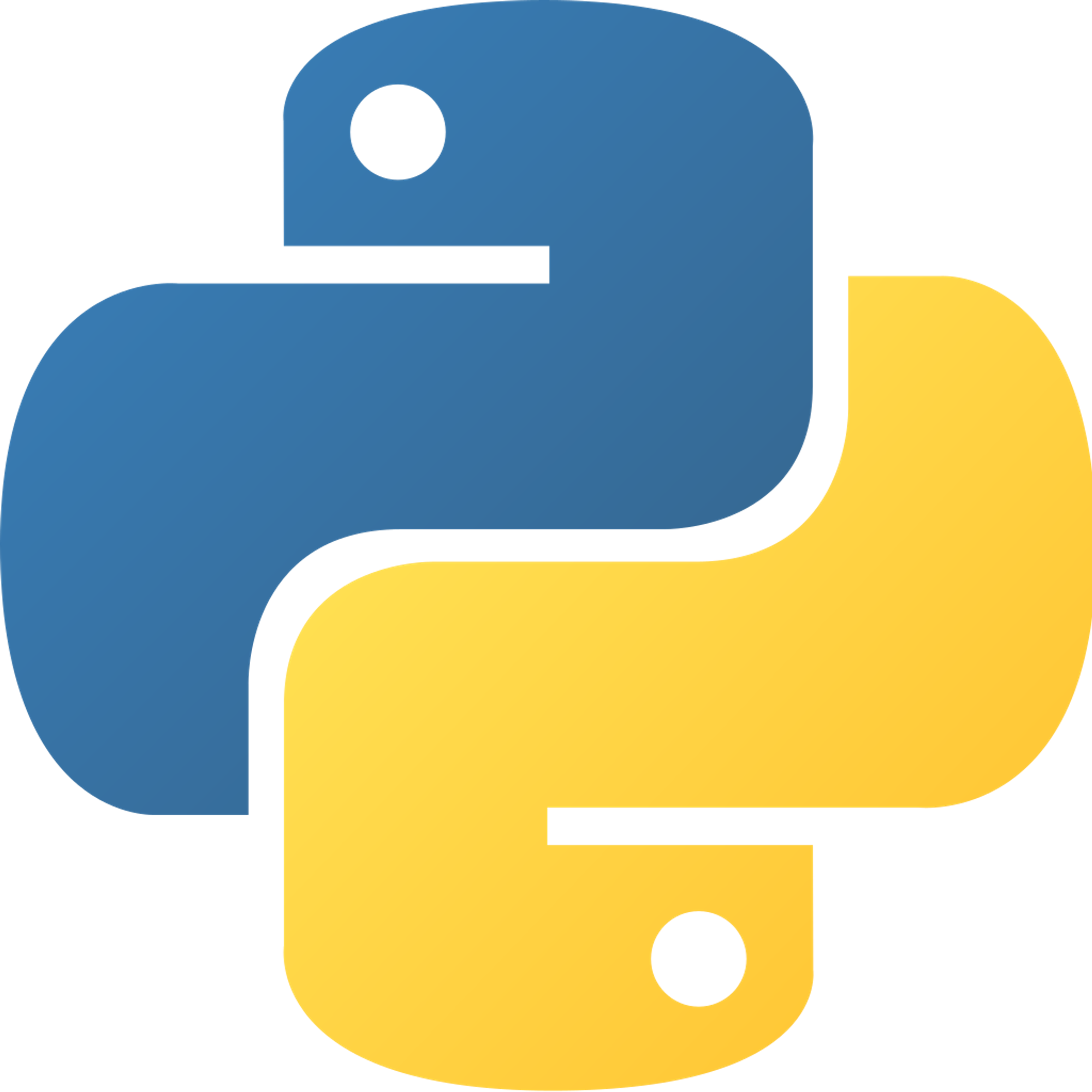3.5 Example
Here is an example that implements all that we learned in this chapter. It will check for two different types of keystrokes: the
KEYUP (a key is let go of) and the KEYDOWN (a key is pressed). However, because pygame.KEYDOWN is blocked, the application won't be able to detect a key being pressed. It will only print "Up up up!" when the key is let go of.import pygame pygame.init() flag = pygame.locals.RESIZABLE window = pygame.display.set_mode((500, 400), flag) pygame.event.set_blocked(pygame.KEYDOWN) run = True while run: for event in pygame.event.get(): if event.type == pygame.QUIT: # if event is QUIT run = False if event.type == pygame.KEYUP: # if event is KEYUP print(“Up up up!”) If event.type == pygame.KEYDOWN: # this will never happen because KEYDOWN is blocked print(“Down down down!”) pygame.quit()
View code on Github
Previous Section
3.4 - Other Useful MethodsNext Section
3.6 - Practice ProblemsCopyright © 2021 Code 4 Tomorrow. All rights reserved.
The code in this course is licensed under the MIT License.
If you would like to use content from any of our courses, you must obtain our explicit written permission and provide credit. Please contact classes@code4tomorrow.org for inquiries.
